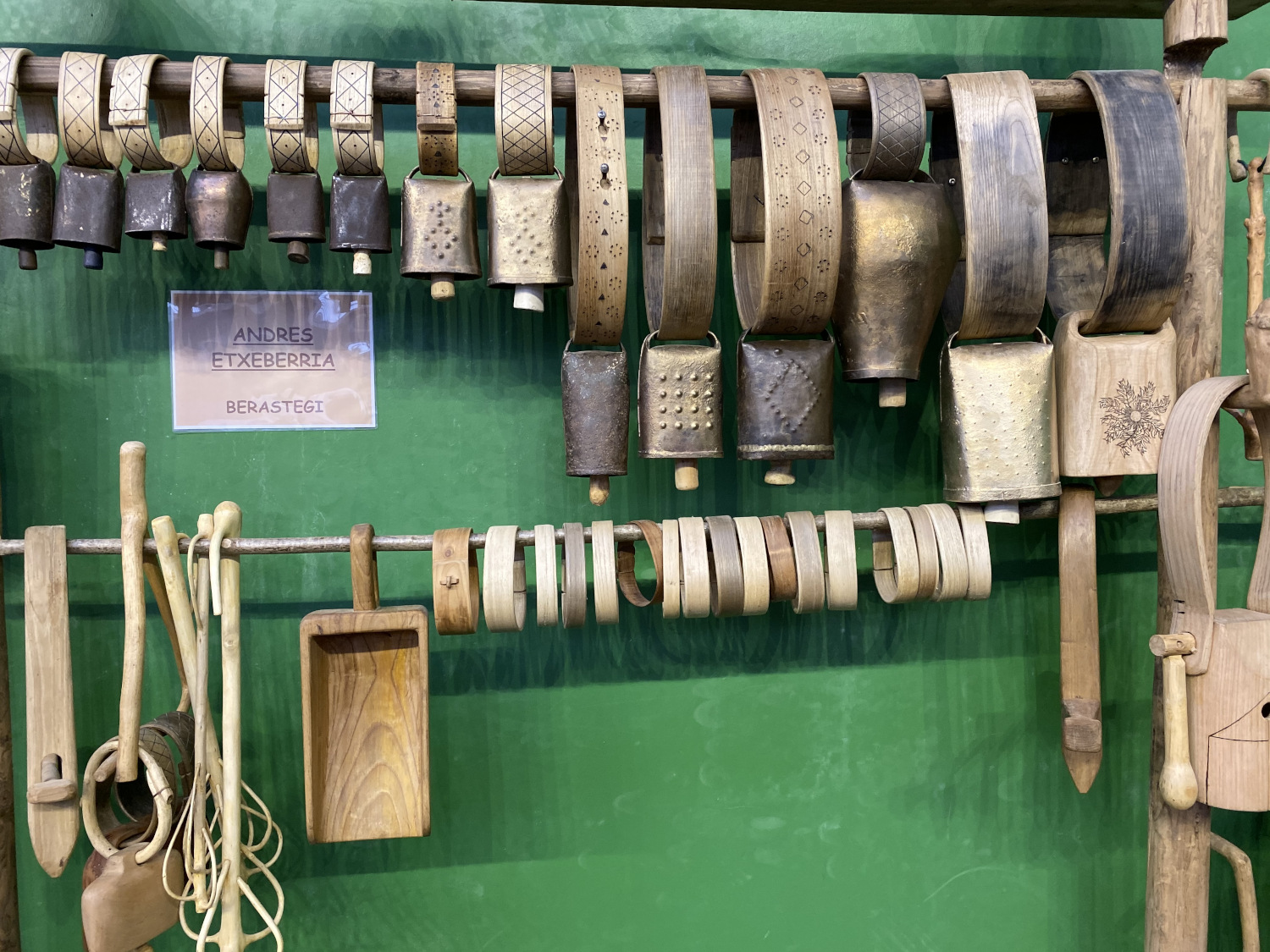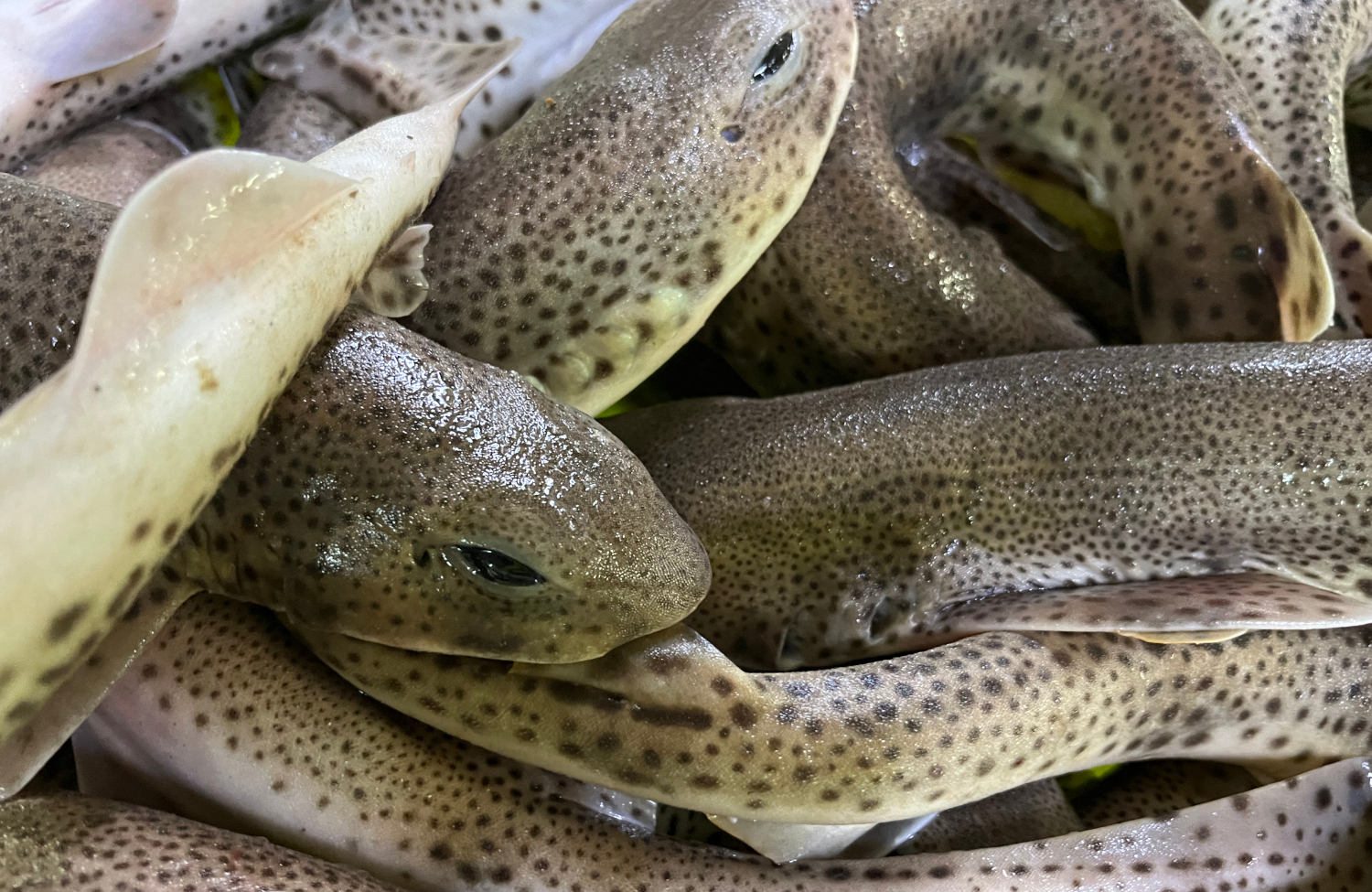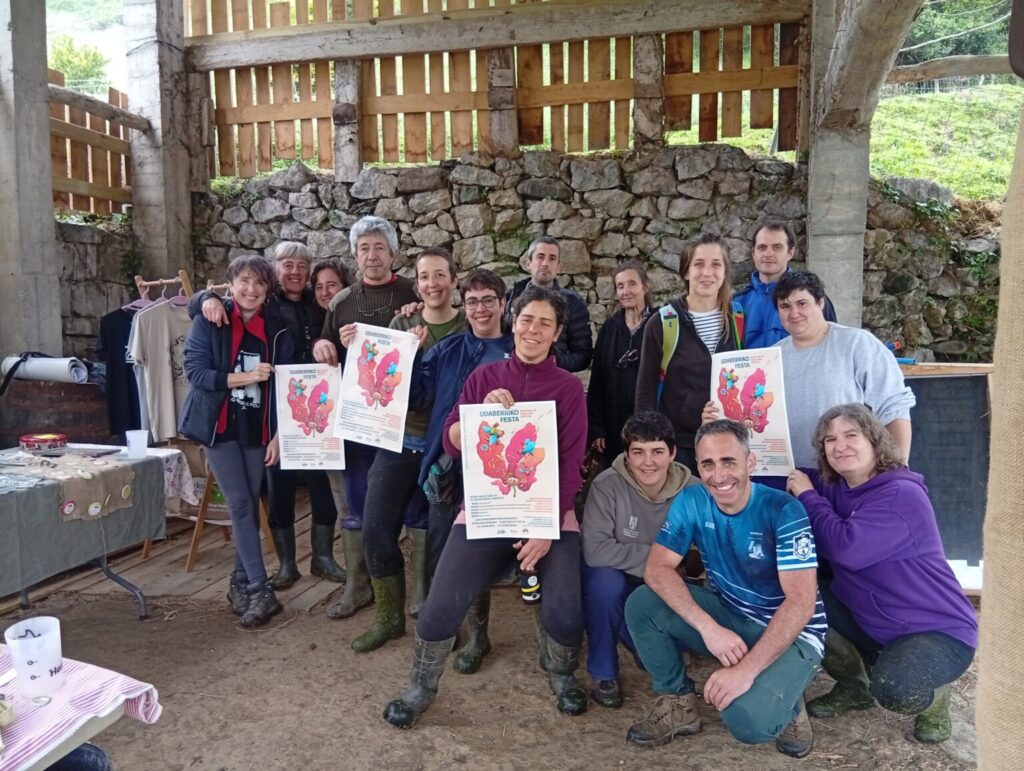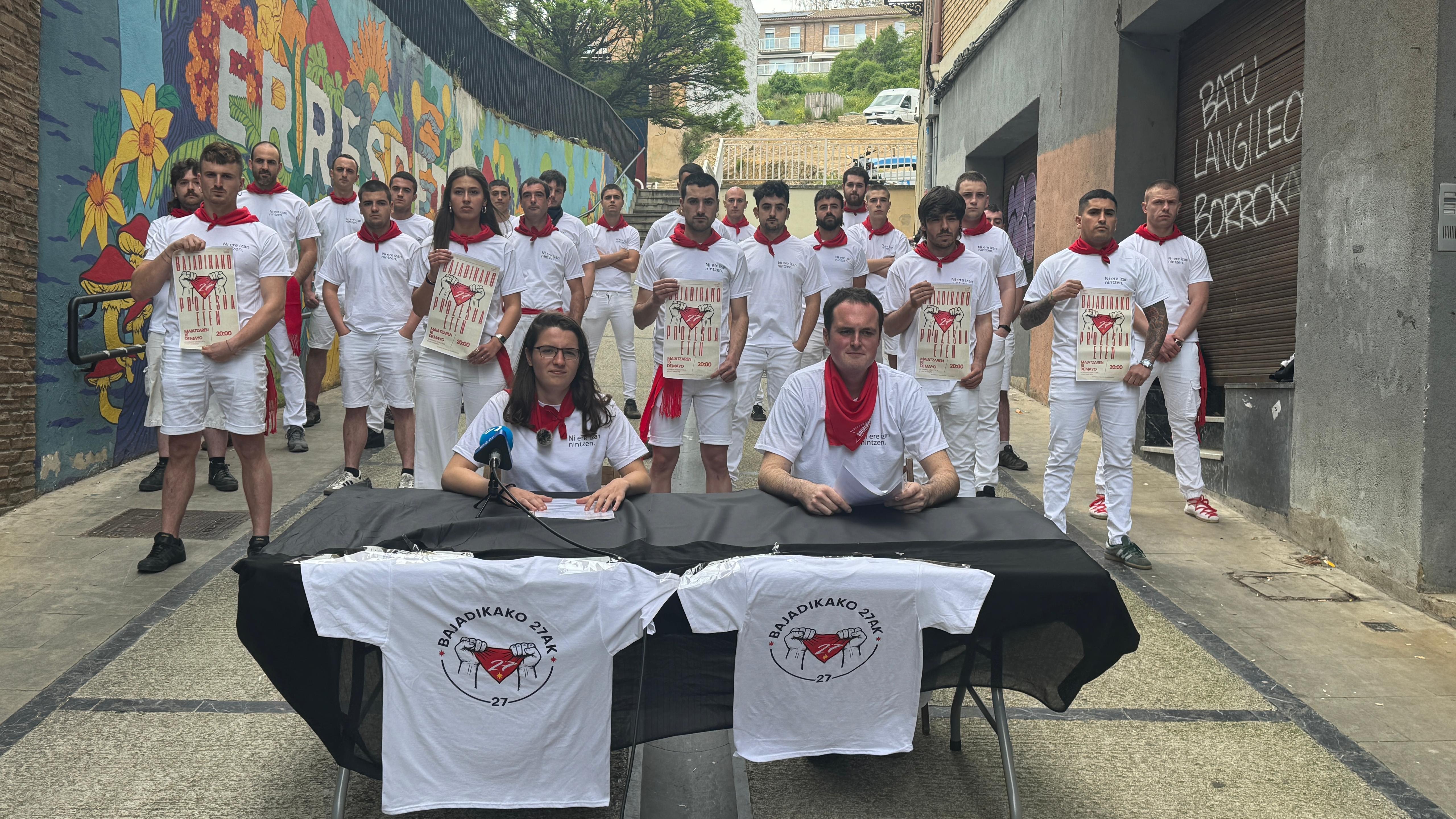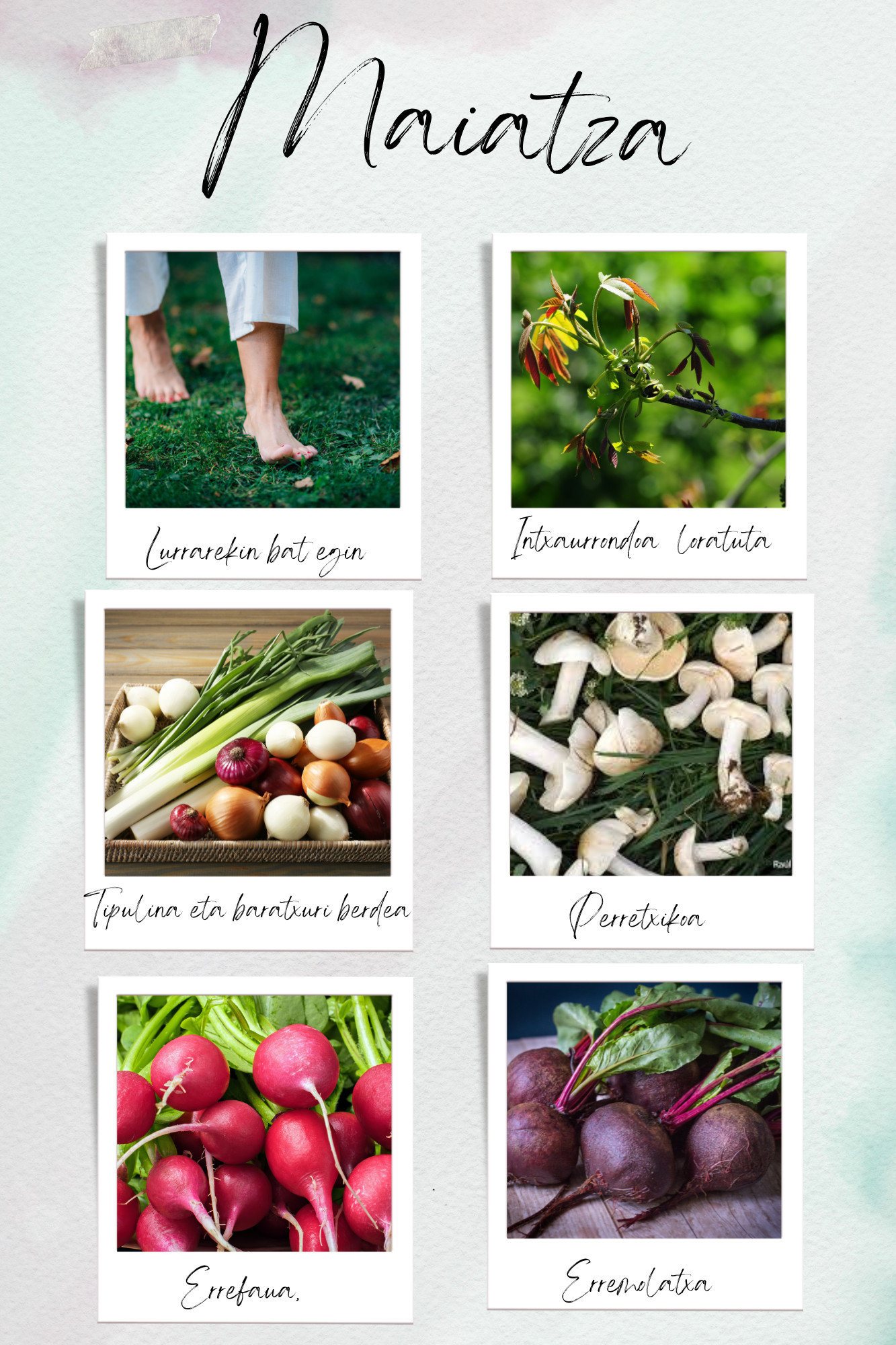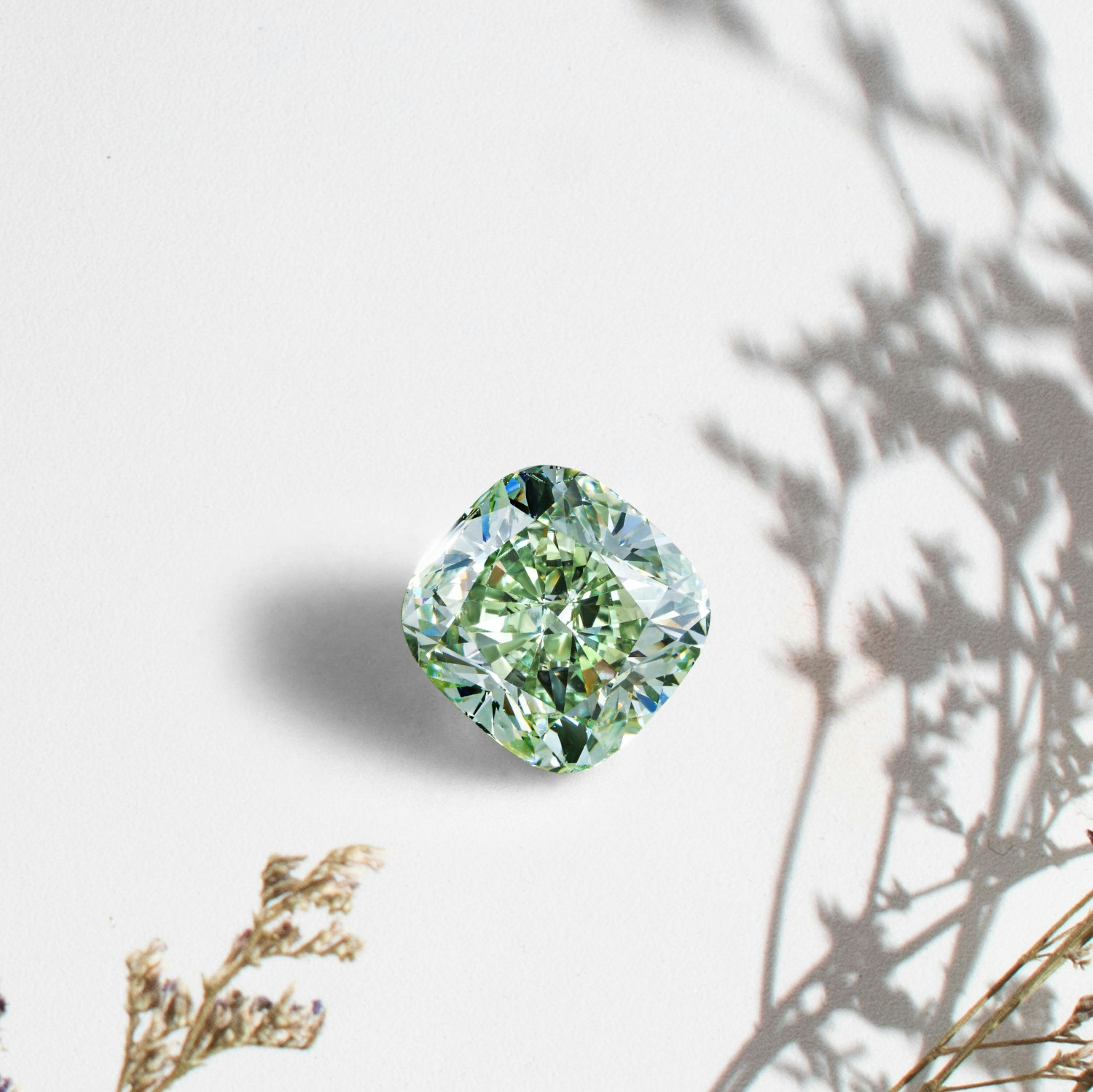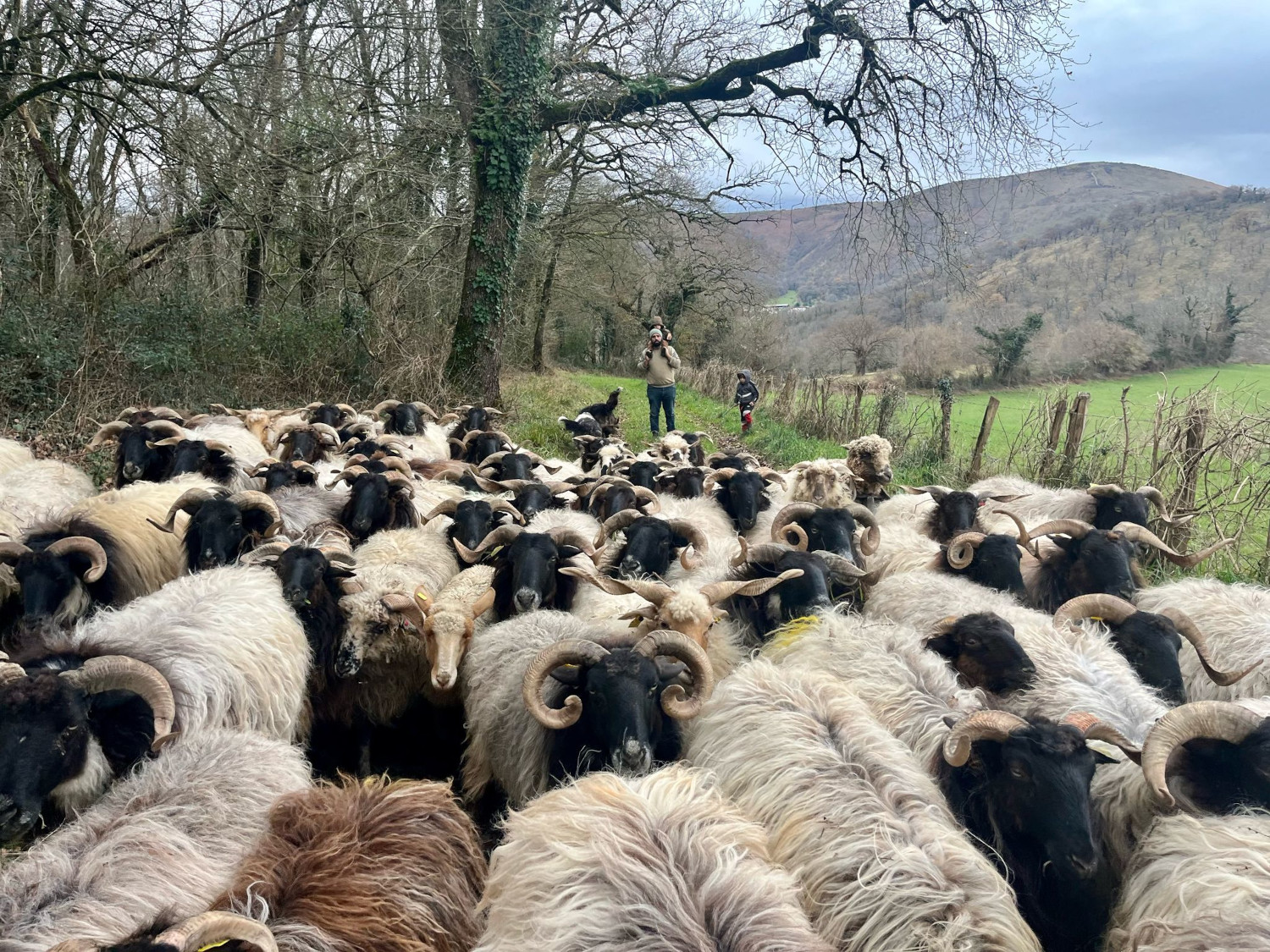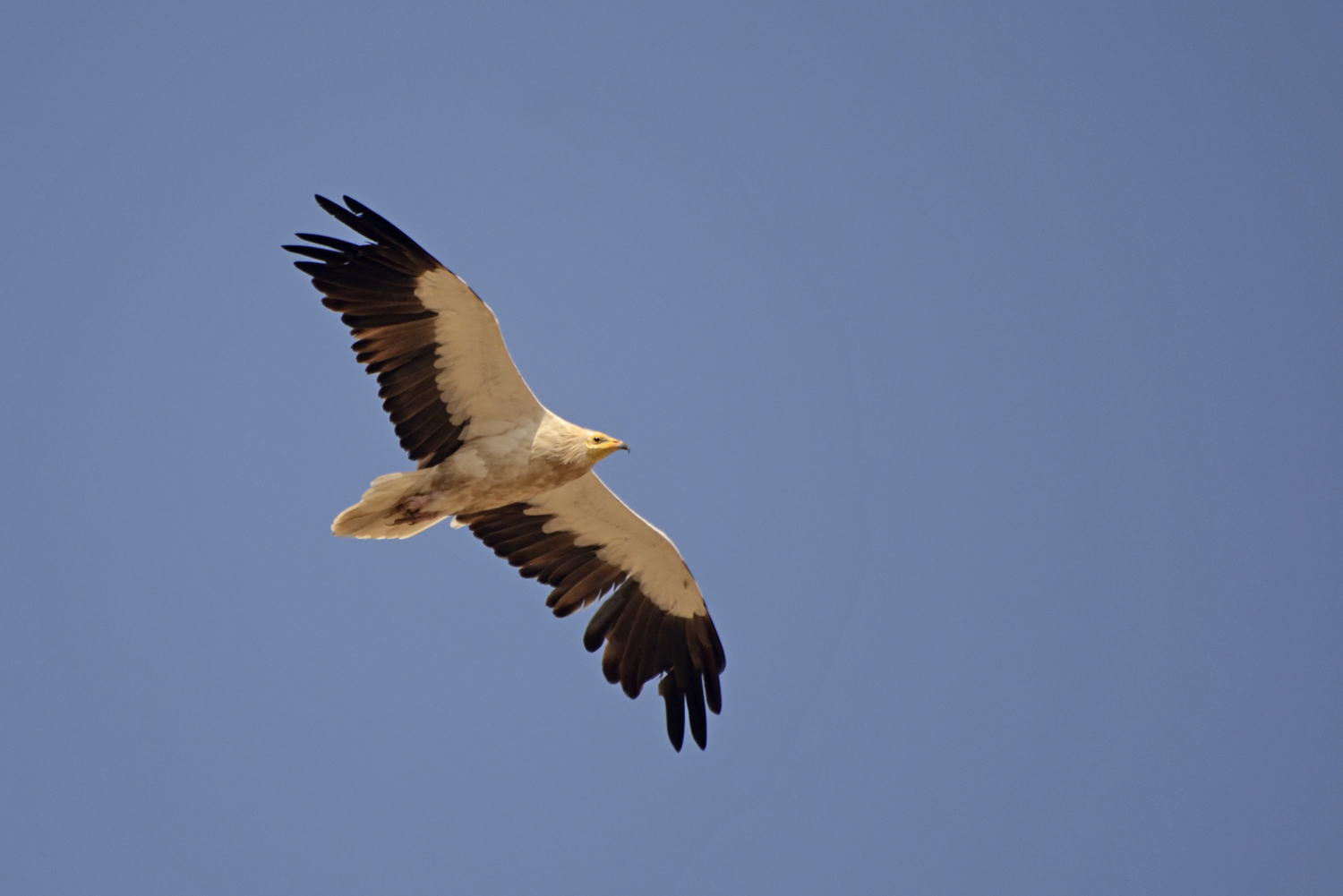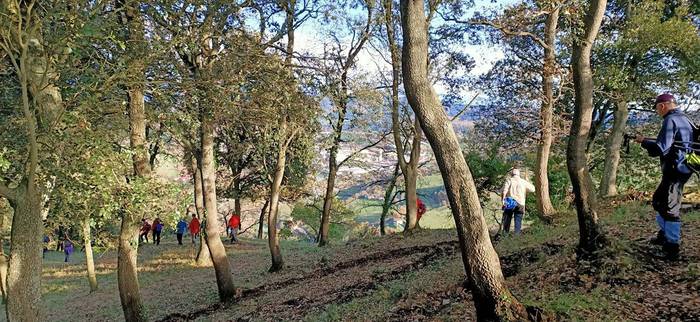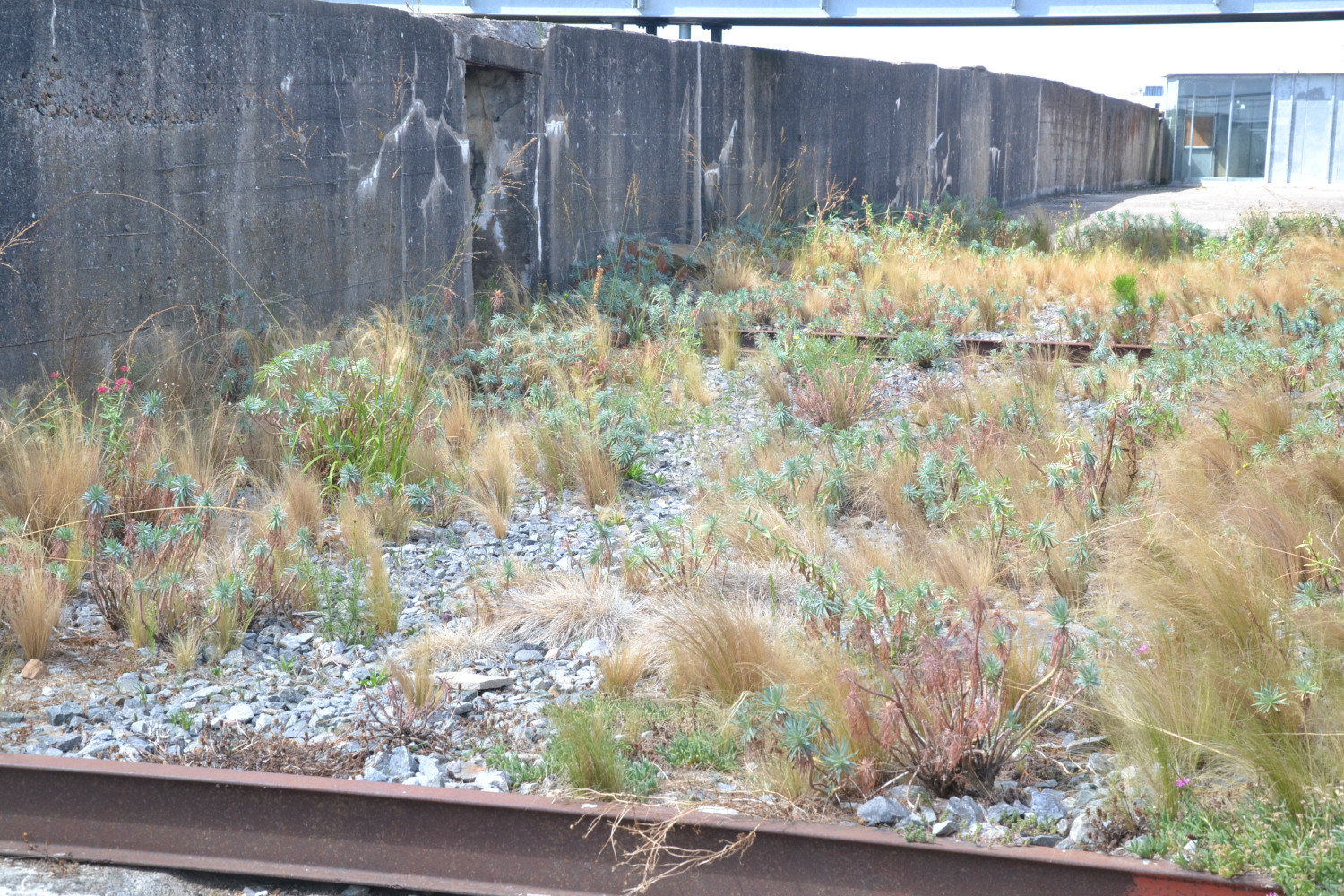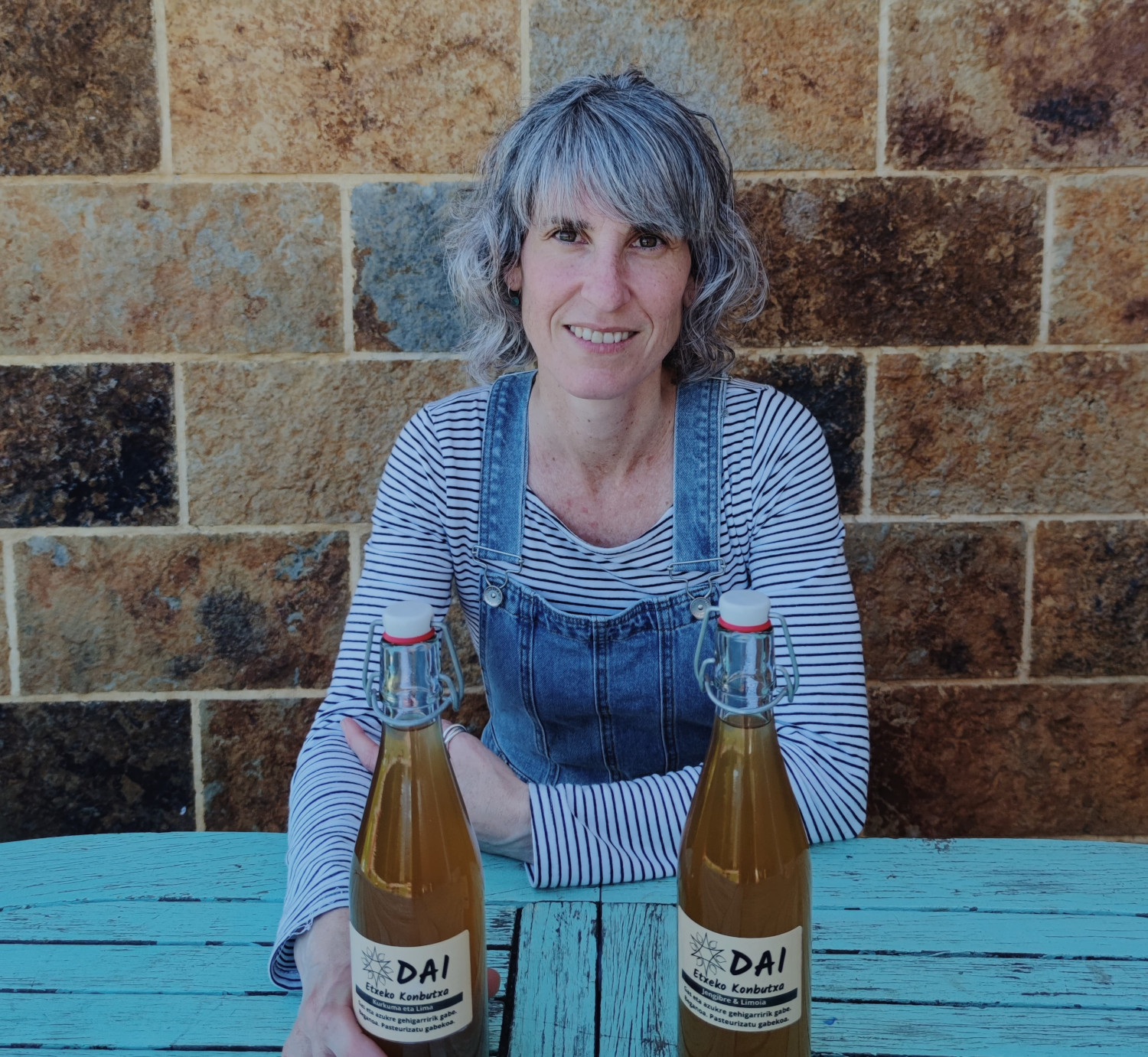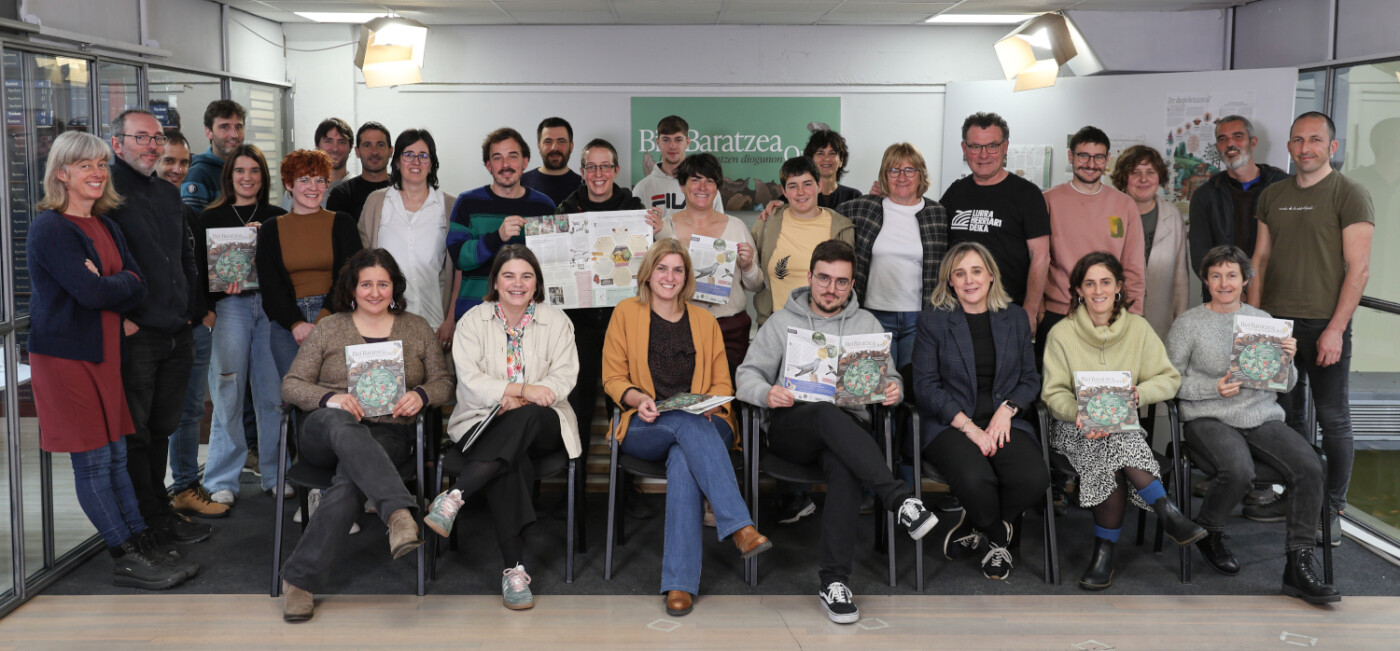Calçota, the onion spiked from the catalans
- Let's shake the sloth summers of the orchard. The first fall was the beginning of the season of the txotx of the cider, now we have it on the winter navel. Anyone with a known Catalan may think that the sweet cider was postponed and a new season of txotx was created to taste it with calçot roasted onions.

In spite of the cider, in September comes the calçot for the orchard. The calçot is the onion (Allium cepa), although some say it is a leek by the form (Allium porrum). In fact, its name also comes from there: the planting of the onion and the landing of the plant that is generated, instead of making the head, produces the elongated form of the leek. Calçot comes from the Catalan “calçar”, means “landing” or, as they say in the northeast of the Basque Country, “arrinconar”. The onion makes its head above the surface, and if the surface of the earth rises before that passion explodes, the head gets taller and taller, and in the end, instead of being the crushed round head, it will be elongated.
Calçota has a very long cycle. The seed of this special onion is sown towards the end of autumn, in November, planting it in February and collecting the onion head towards June-July. So far, it has the normal pattern of the onion. This dried onion head, instead of picking up or eating for preservation, will be planted in September or early October. With this, the second year begins, he and the horticulturist. They cut and plant the top end, leaving 80 centimeters between the rows and 30 from the head to the head. New outbreaks will come from head stocks, between 5 and 15 outbreaks per head. This bouquet should be vaporized and buried as these outbreaks rise. As already mentioned, this forces the outbreak to stretch, so that instead of having the head shape of the onion, it acquires a long leek aspect (part of the subsoil 15-25 cm), whitening it and fine-tuning its tasting. The tasting of peeled vegetables always changes, is more subtle, develop a more elegant bitterness: the apios (Apium graveolens var. sweet), cardoons (Cynara cardunculus), lettuce (Lactuca sativa), scarole (Cichorum endivia), etc.
The landing should be made three or four times, and you decide when to take it out and smoke, but as we've put our head, it'll be two years in spring, and the trend to silver, blossom and give seed will come on quickly, so we won't take long to start eating. It is usually eaten between November and April; it is best to roast the flame, remove the burned leaves from the outside when eating and eating the stews from the inside.
Instead of the plant you have to get onion heads. Is it worth it? I think so. Do the session and tell us. Comrade Aner del Caserío Biez de Atxondo uses the variant “Blanca gran tardana de Lleida”, the most common in Catalonia. Studies have also been conducted with red onions. It proposes the variant “Babosa” that is used to make this chives.
It has two special needs. On the one hand, it asks for a lot of food, it wants a land previously generously fertilized with cured fertilizer. Remember that next year, please then the land you want to put these onions with the previous harvest. And on the other hand, remember that it's onion: onions hate slow, heavy, clayey, saturated lands. He likes highland.
The onion that is grown here is not known as the onion mozo or the onion mozo. You put your head on, but you don't get used to flipping. These outbreaks born from the head are eaten to your liking in winter.








